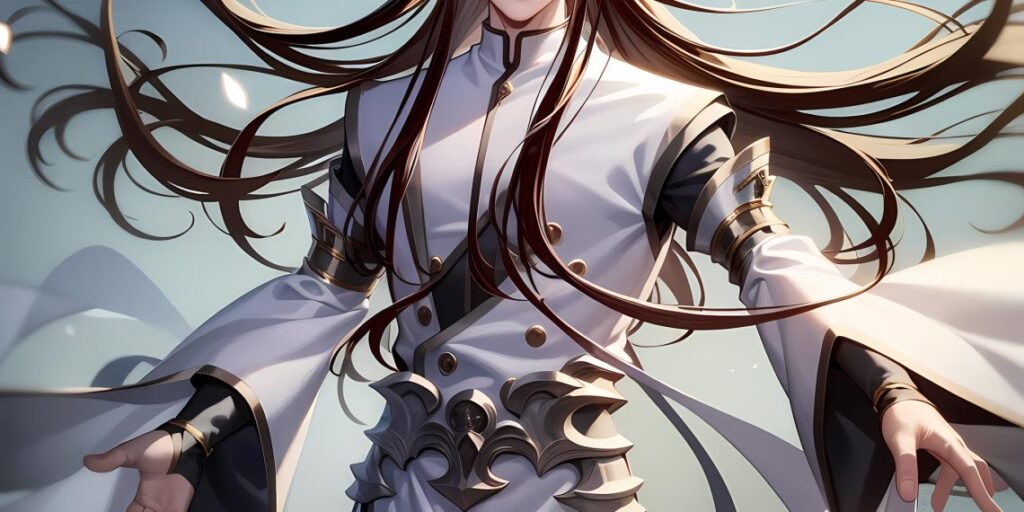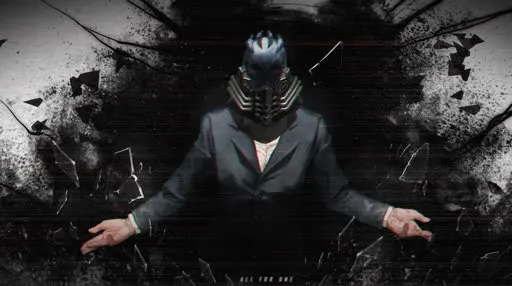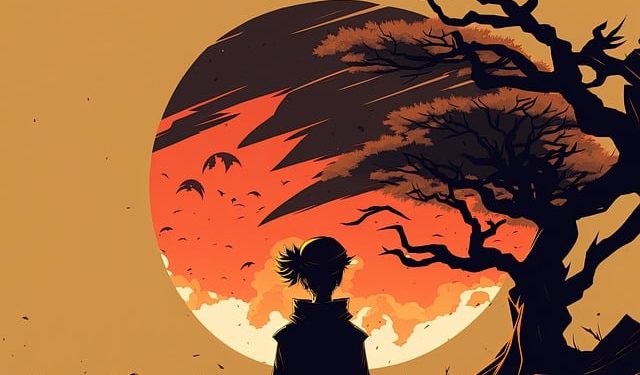Introduction
“The Main Character is the Villain 23,” where we explore the depths of villainy and uncover the enigmatic antagonist in this enthralling narrative. In literature, movies, and even real-life events, the portrayal of villains has always captivated our imagination. The enigmatic allure of an antagonist has the power to overshadow the protagonist and leave an everlasting impact on the audience. One such intriguing case is “The Main Character is the Villain 23,” where the antagonist takes center stage and holds the narrative together with their dark charisma and cunning intellect. This comprehensive article will explore this unique concept, analyzing the psychology, the storytelling techniques, and the appeal of a villain as the main character. Prepare to dive into a world where darkness and complexity intertwine as we decipher the essence of “The Main Character is the Villain 23.”
The Enigma of the Villain as the Main Character

The concept of the villain as the main character is a departure from traditional hero-driven narratives. Instead of rooting for the protagonist, the audience finds themselves drawn to the dark side, empathizing and sometimes even sympathizing with the antagonist’s struggles and motivations. This intriguing shift in perspective challenges the traditional notions of right and wrong, blurring the lines between good and evil. As we delve into this phenomenon, we uncover the reasons behind the enduring appeal of such narratives.
Also, Read This: The Main Character is the Villain 23: Unveiling the Dark Side
Understanding the Allure: Psychological Aspects

The psychological impact of a criminal protagonist cannot be ignored. In “The Main Character is the Villain 23,” the audience is exposed to the inner workings of a complex mind, exploring the depths of human emotions and desires. This exploration of the darker aspects of the human psyche elicits a sense of curiosity and fascination. But what makes these villains so alluring, and why do we find ourselves captivated by their dark personas?
The Complexity of Morality: The Fine Line Between Good and Evil
One of the most compelling aspects of “The Main Character is the Villain 23” is the exploration of moral ambiguity. The protagonist-turned-antagonist often challenges the traditional notions of morality, making us question our beliefs and values. This internal conflict within the audience further intensifies the impact of the narrative, leaving a lasting impression long after the story concludes.
Crafting a Gripping Narrative: Storytelling Techniques

Behind every compelling story lies an intricate web of storytelling techniques that engross the audience. In the case of “The Main Character is the Villain 23,” the success of the narrative relies heavily on the strategic use of these techniques. From plot twists to character development, let’s unravel the secrets behind creating a gripping tale centered around the antagonist.
The Power of Character Development: From Protagonist to Antagonist
In traditional narratives, character development often revolves around the growth and transformation of the protagonist. However, in the case of “The Main Character is the Villain 23,” the transformation is reversed. Witnessing the journey of a once-heroic figure descending into darkness adds a layer of complexity to the storytelling, making it an enthralling and emotionally charged experience.
Subverting Expectations: Plot Twists and Turns
A well-crafted plot twist can be a literary masterpiece that stunned the audience. In narratives where the villain takes the reins, plot twists can shatter preconceived notions and turn the entire story on its head. The unexpected turns keep readers on the edge of their seats and showcase the brilliance of the narrative’s structure.
The Art of Building Empathy: Humanizing the Antagonist
The antagonist must be more than a one-dimensional evil force to create a lasting impact. Humanizing the villain, delving into their past, motivations, and vulnerabilities, allows the audience to connect with them deeper. Empathy for the antagonist blurs the lines between hero and villain, leaving us torn between conflicting emotions.
Read More ON: The Main Character is the Villain 23: Unveiling the Dark Side
The Main Character is the Villain 23: A Case Study
Look at a specific example of “The Main Character is the Villain 23” and analyze its elements, impact, and lasting legacy. This case study will serve as a microcosm of the broader phenomenon and offer insights. The creative process behind such narratives.
Analyzing Character Arcs: The Transformation of the Main Character
Our case study explores how the main character transforms from a hero to a villain. What triggers this shift, and how do their actions and decisions shape the narrative? Understanding the intricacies of the character arc allows us to appreciate the depth of the storytelling.
The Morality Conundrum: Is the Villain Justified?
The villain’s actions are often driven by a sense of righteousness, making their motivations more complex than simple spite. Examining their moral dilemmas and the reasoning behind their choices sheds light on the shades of gray that color the narrative.
Crafting the Perfect Antagonist: Elements of an Unforgettable Villain
What sets apart an unforgettable villain from a forgettable one? In our case study, we’ll analyze the key elements that make the antagonist compelling and unforgettable. Each aspect plays a crucial role in shaping the narrative, from their personality traits to their ultimate goals.
The Power of Symbolism: Themes and Motifs
Symbolism is a potent tool writers use to convey deeper meanings and evoke emotions. In “The Main Character is the Villain 23,” the effective use of symbolism elevates the narrative, adding layers of complexity that resonate with the audience on a subconscious level.
Psychological Impact: The Audience’s Journey
As readers or viewers, we become active participants in the narrative, journeying alongside the main character as they embark on their dark path. This immersive experience has a profound psychological impact, making. “The Main Character is the Villain 23” is more than just a story—it becomes a thought-provoking exploration of human nature.
FAQs
Q: What makes a criminal protagonist appealing?
A: A criminal protagonist’s allure lies in exploring their complex psyche. The moral ambiguity they represent challenges conventional notions of good and evil.
Q: Can a villain be humanized without justifying their actions?
A: Absolutely. Humanizing a villain involves understanding their motivations, past traumas, and vulnerabilities without justifying their hateful actions.
Q: How does “The Main Character is the Villain 23” impact the audience emotionally?
A: This narrative evokes conflicting emotions within the audience, blurring the lines between hero and villain and leaving a lasting emotional impact.
Q: Is “The Main Character is the Villain 23” a recent trend in storytelling?
A: While the concept of criminal protagonists is not entirely new, it has gained popularity in recent years, reflecting a shift in audience preferences for more complex narratives.
Q: Can a criminal protagonist serve as a moral compass for the audience?
A: A well-crafted villainous protagonist can prompt introspection and challenge the audience’s beliefs, serving as a unique moral compass.
Q: Are there real-life examples of “The Main Character is the Villain 23” narratives?
A: Some historical figures and real-life events showcase aspects of “The Main Character is the Villain 23,” where individuals once regarded as heroes take a dark turn.
Conclusion
“The Main Character is the Villain 23” represents the power of complex storytelling and the depth of human emotions. The allure of the criminal protagonist lies in their ability to captivate, challenge, and evoke empathy in the audience as we continue to explore the realms of literature and entertainment. We can expect the enduring appeal of such narratives to prevail. So, embrace the darkness, and immerse yourself. The enigma of the antagonist, and prepare to embark on a journey like no other.
